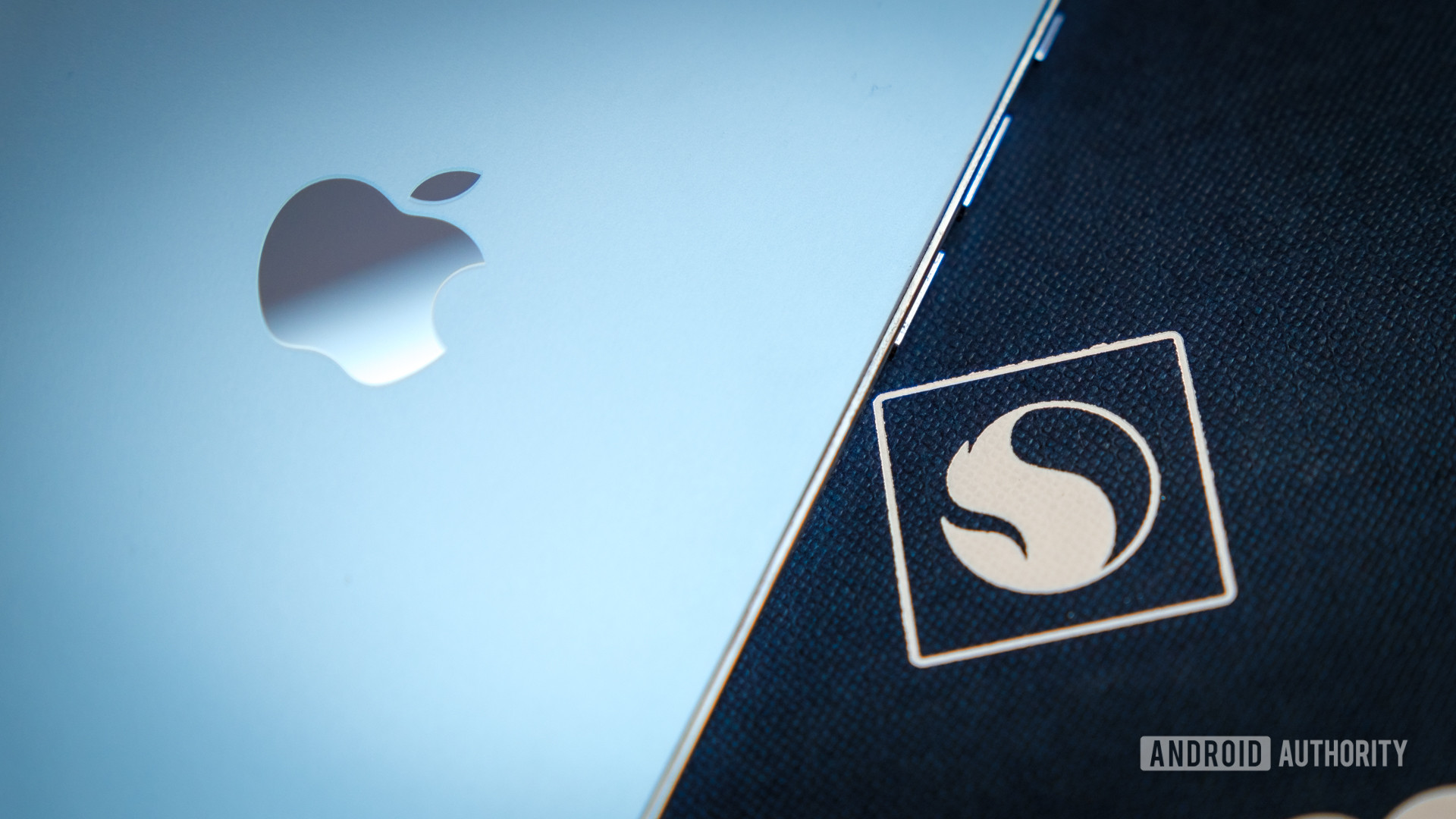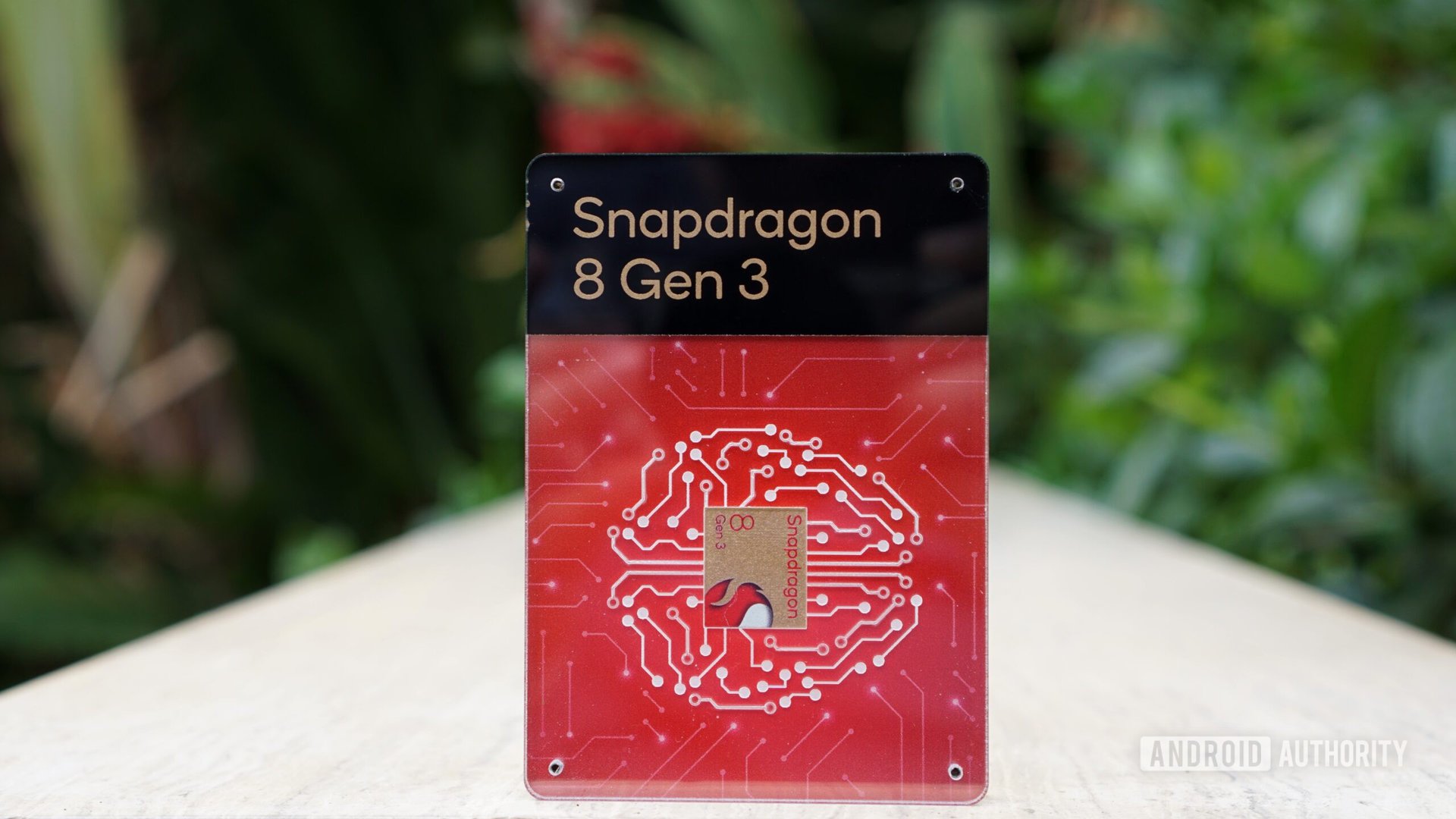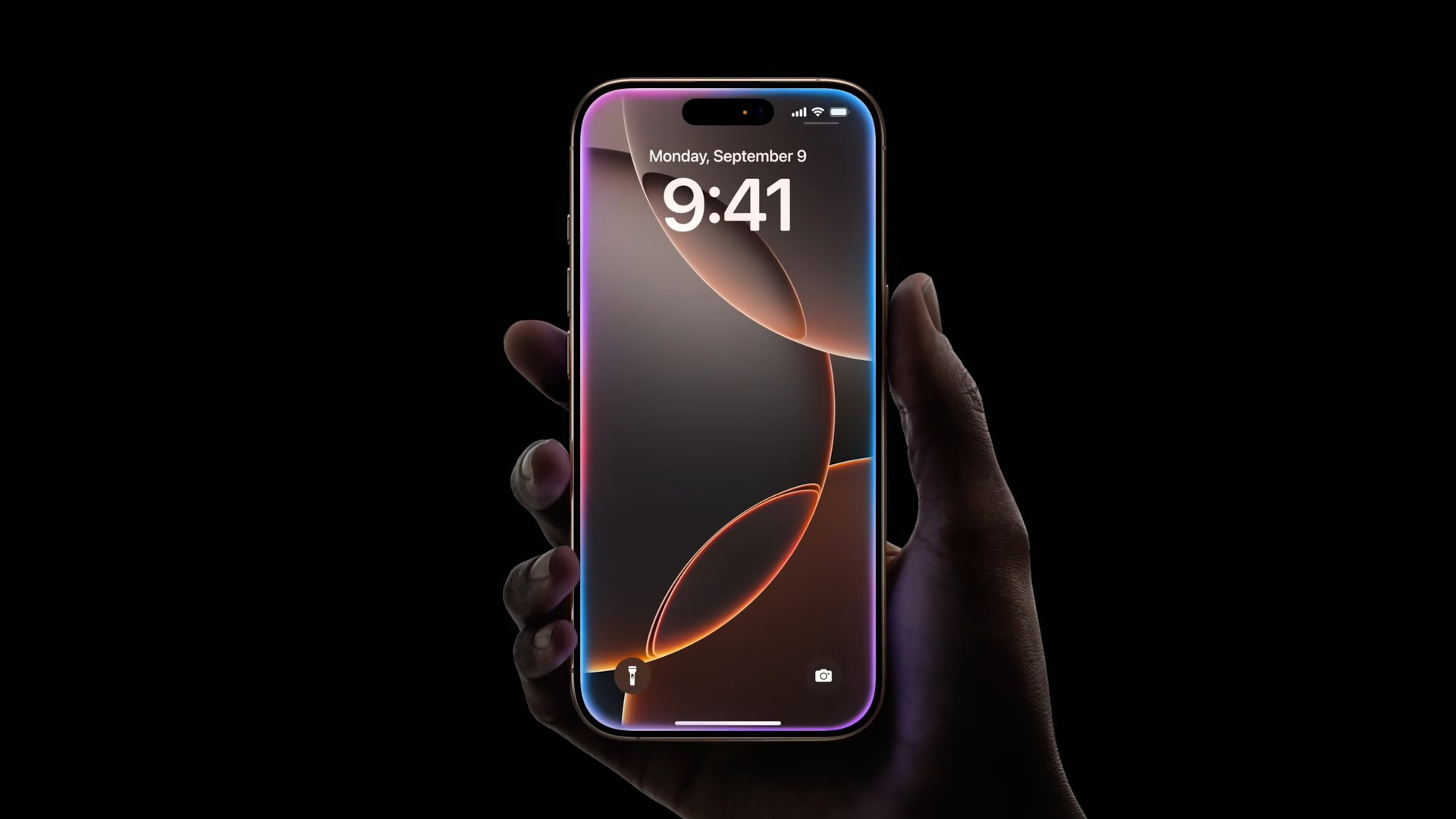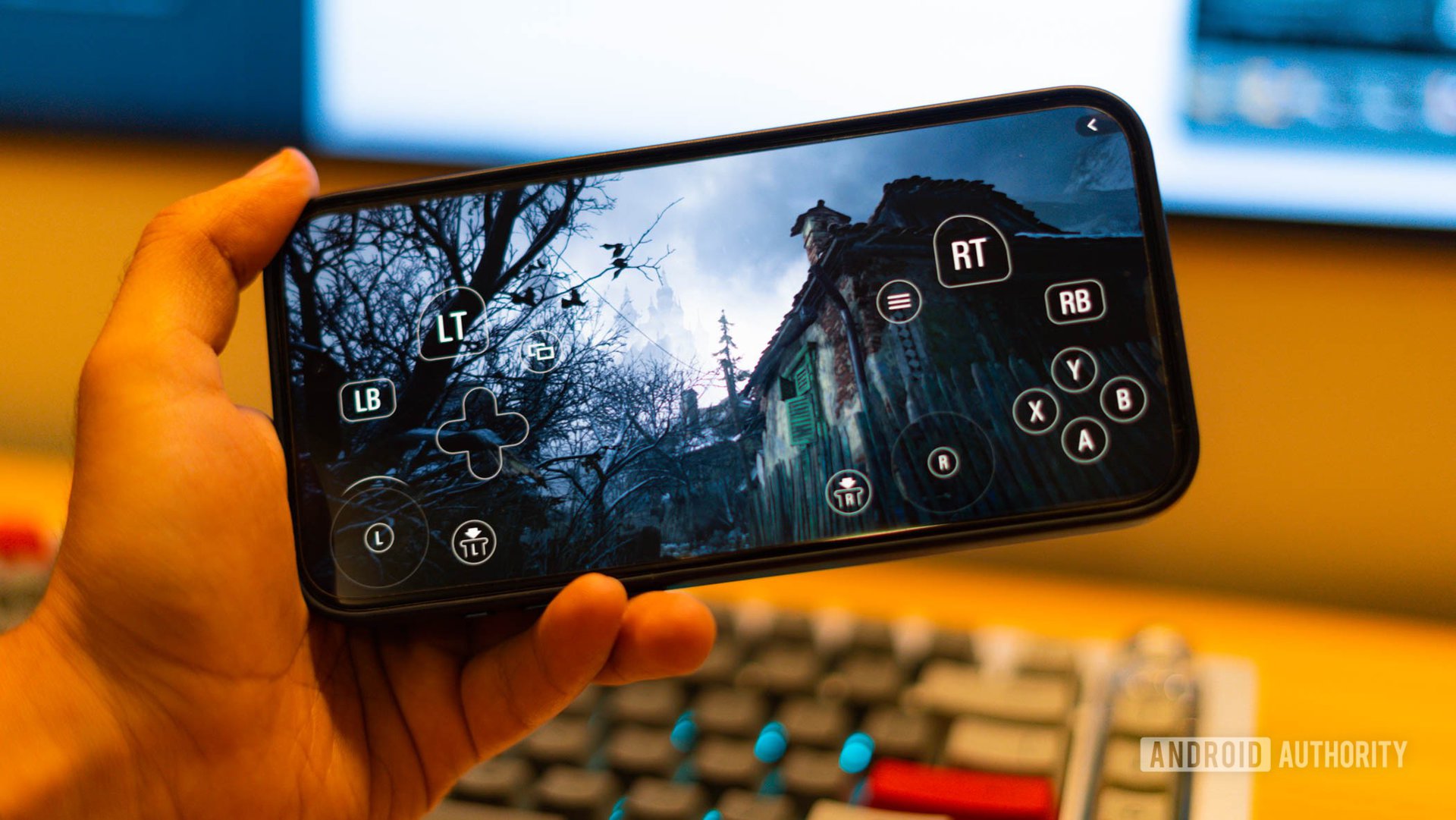Affiliate links on Android Authority may earn us a commission. Learn more.
Snapdragon 8 Gen 3 vs Apple A17 Pro: A surprisingly even match-up
Published onApril 2, 2025

Apple and Qualcomm make some of the best smartphone chips but how do their chips compare in the real world. The Apple A17 Pro, released in late 2024, powered the iPhone 15 Pro until it was eventually replaced by the company’s latest A18 Pro chip. Qualcomm hasn’t revealed its new chip yet, but it released its Snapdragon 8 Gen 3 around the same time. Which was the better chip through most of 2024? Let’s find out in this Snapdragon 8 Gen 3 vs Apple A17 Pro comparison.
Editor’s note: Since the original publication of this article, Apple’s A18 Pro in the iPhone 16 Pro has replaced the A17 Pro discussed below. To know how the new chip stacks up, check out our A18 Pro vs Snapdragon 8 Gen 3 benchmark results.
Snapdragon 8 Gen 3 vs Apple A17 Pro: Specs and benchmarks
| A17 Pro | Snapdragon 8 Gen 3 | |
|---|---|---|
CPU Config | A17 Pro 2x 3.78GHz (High-performance) 4x 2.11GHz (Energy-efficient) | Snapdragon 8 Gen 3 1x 3.3GHz (Cortex-X4) 3x 3.2GHz (Cortex-A720) 2x 3GHz (Cortex-A720) 2x 2.3GHz (Cortex-A520 Refresh) |
GPU | A17 Pro 6-core (Apple-designed) Hardware ray-tracing | Snapdragon 8 Gen 3 Adreno (Qualcomm-designed) Hardware ray-tracing |
AI | A17 Pro 16-core Apple Neural Engine | Snapdragon 8 Gen 3 Hexagon DSP |
RAM support | A17 Pro LPDDR5 | Snapdragon 8 Gen 3 LPDDR5X |
Video | A17 Pro HEVC, AV1 decode 4K60 capture | Snapdragon 8 Gen 3 HEVC, AV1 decode 4K120, 8K30 capture |
4G/5G Modem | A17 Pro X70 LTE/5G 10,000Mbps down 3,500Mbps up | Snapdragon 8 Gen 3 X70 LTE/5G 10,000Mbps down 3,500Mbps up |
Other networking | A17 Pro Bluetooth 5.3 Wi-Fi 6E | Snapdragon 8 Gen 3 Bluetooth 5.4 Wi-Fi 7 Ready |
Process | A17 Pro TSMC 3nm (N3B) | Snapdragon 8 Gen 3 TSMC 4nm (N4P) |
Even though the Snapdragon 8 Gen 3 and A17 Pro are both Arm-based smartphone SoCs, they’re fundamentally very different under the hood.
Qualcomm licenses Arm’s CPU cores and is a part of the Cortex-X Custom Program. This means the Snapdragon 8 Gen 3 uses Arm’s top-end Cortex-X4 performance core, which we’ll also likely see present in upcoming SoCs from Samsung and others. In fact, MediaTek has already announced that its Dimensity 9300 includes not one but four Cortex-X4 cores. Apple, meanwhile, is the only smartphone vendor to design its own cores based on Arm’s architecture, rather than buying off-the-shelf CPU core designs.
The difference in CPU cores means that we cannot directly compare the two chips in areas like clock speed or core count. Though broadly speaking, Apple’s cores tend to be a bit bigger and more individually powerful, while Qualcomm’s octa-core setup has historically closed the gap by virtue of more cores. That said, the spec sheet does tell us that the A17 Pro is built on a newer 3nm process node vs the Snapdragon 8 Gen 3’s 4nm node. A newer process node generally translates to better efficiency at the same performance level, higher peak performance, or both. To find out if that holds true, we ran through our suite of benchmarks to compare the two SoCs. We’ve also included some competing Android phones for reference.
Apple’s custom Arm cores help the A17 Pro pull off a convincing 26% lead in Geekbench 6’s single-core test. However, Qualcomm has packed five mid-tier cores and two efficiency cores in the Snapdragon 8 Gen 3, allowing it to score higher than the six-core A17 Pro in multi-core workloads. Still, Apple’s flagship SoC managed a multi-core score of 7278, which is not too far behind the Snapdragon 8 Gen 3’s 7506.
Apple and Qualcomm trade wins depending on the workload.
It’s worth noting that we tested Qualcomm’s Snapdragon 8 Gen 3 reference device. Retail devices packing the Snapdragon flagship chip may not offer the same level of performance we recorded above due to thermal or design constraints. On that note, we observed Qualcomm’s reference device throttle to half of its performance during our 3DMark Wildlife Stress Test. That’s not a good sign for sustained performance in longer workloads like video editing and exports. Apple’s latest chip was also plagued by thermal problems but a software update fixed the iPhone 15’s overheating problem without compromising on performance. The Snapdragon 8 Gen 3 performs just as reliably under load, with no major overheating problems reported in day-to-day use.
Apple skipped the A17 Bionic branding in favor of giving its latest SoC the Pro label. In other words, the A17 Pro is the direct successor to the A16 Bionic.
Snapdragon 8 Gen 3 vs Apple A17 Pro: Gaming and GPU

Given that the iPhone 15 Pro can play full console games like Resident Evil Village, you might assume that Apple’s A17 Pro has the most powerful GPU of any mobile SoC. However, that’s not actually the case. Based on our testing, the Snapdragon 8 Gen 3 is 32% faster than Apple’s 2023 flagship SoC in 3DMark’s Wildlife Extreme benchmark. It’s also 37% ahead in the Solar Bay ray-tracing test. However, the gap closes when stressing the GPUs to the max for longer gaming sessions.
Still, the Snapdragon 8 Gen 3’s impressive results point to a promising future for Android gaming. However, the iOS App Store has done a good job courting a range of developers, which recently includes AAA console gaming experiences like Resident Evil Village. So, if you’re looking to play such titles, you may have to choose the A17 Pro. The Snapdragon 8 Gen 3 could perform a bit better for cross-platform games, and Android has a pretty decent selection of indie ports of its own.
AI and other features

AI has become a key focal point for virtually all tech giants, so it’s not surprising that Qualcomm spoke a lot about it when it released the Snapdragon 8 Gen 3 in October 2023. The SoC is nearly twice as powerful this generation and has been designed with generative AI in mind.
During its announcement, Qualcomm demonstrated the chip running large language models and AI image generators like Stable Diffusion entirely on-device. Smartphone makers can also leverage the SoC to remove objects from videos, expand images, and enhance camera quality in darker scenes.
Qualcomm and Apple have taken drastically different approaches to AI.
Apple, meanwhile, doesn’t typically tout its chip’s AI performance in the way Qualcomm does. Instead, it chooses to highlight specific features that make their way to the latest iPhone. But even as Google and Qualcomm pushed the boundaries of linguistic and photographic realities with generative AI this year, Apple didn’t seem interested in joining the bandwagon. Instead, the company simply touted improved autocorrect and object detection as key AI advancements during the iPhone 15 keynote.
Qualcomm may have a more glitzy AI-filled slide deck, but there’s no guarantee all Android phone makers will be quick to adopt or build such AI features. Luckily, at least a few manufacturers like Samsung have adopted the Snapdragon 8 Gen 3’s AI capabilities. The Galaxy S24 family, for examples, includes the Galaxy AI suite of features that rely on both, on-device and cloud processing.
However, the iPhone maker eventually course-corrected with its announcement of Apple Intelligence that competes directly against Google Gemini and Galaxy AI.
Moving on from AI, the two chips aren’t so far apart in other areas. Apple has introduced support for ray tracing graphics and AV1 video decoding for the first time on the A17 Pro. That said, the Snapdragon 8 Gen 3 still takes a few minor wins like Wi-Fi 7, 8K video recording, and 8K display out support.
Snapdragon 8 Gen 3 vs Apple A17 Pro: Which one wins?

The Snapdragon 8 Gen 3 isn’t a straightforward competitor to the Apple A17 Pro since they’re destined for different smartphone ecosystems. But if you’re considering jumping ship from iPhone to Android or vice-versa, you’ll be happy to know that both SoCs are truly high-end pieces of silicon. Sure, we have a few reservations about the sustained performance of Qualcomm’s chip, but its graphics capabilities still look impressive, and daily smartphone usage will absolutely fly. Not forgetting the 8 Gen 3 is packed to the rafters with best-in-class AI and networking capabilities.
Apple is eyeing the smartphone gaming crown this generation.
Apple surprised us with its commitment to gaming this generation. Developers porting PS5-quality games almost single-handedly makes the A17 Pro seem more appealing for mobile gamers. We can only hope that Apple continues to strike partnerships with game studios to bring even more games to its App Store.
We’ll round out this comparison with a word on pricing. The Apple A17 Pro has a high entry cost, as you have to shell out a minimum of $1,000 for an iPhone 15 Pro. Meanwhile, the Snapdragon 8 Gen 3 can be found in affordable flagships like the OnePlus 12 and Zenfone 11 Ultra. Which SoC would you rather have in your next smartphone?
Which SoC would you rather have in your next smartphone?
FAQs
Yes, the Snapdragon 8 Gen 3 is a good chip for gaming. It also outperforms its predecessor by a healthy margin.
Yes, the Snapdragon 8 Gen 3 and Apple A17 Pro both have ray tracing support.
The Apple A17 Pro is faster than the M1 in single-core tasks, but falls behind slightly in multi-core workloads.
Yes, the Apple A17 Pro is the only smartphone chip released in 2023 to be fabricated on the 3nm node.